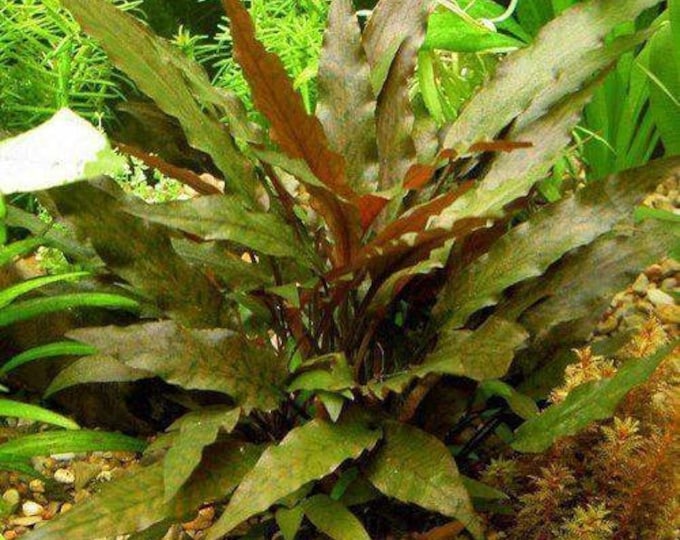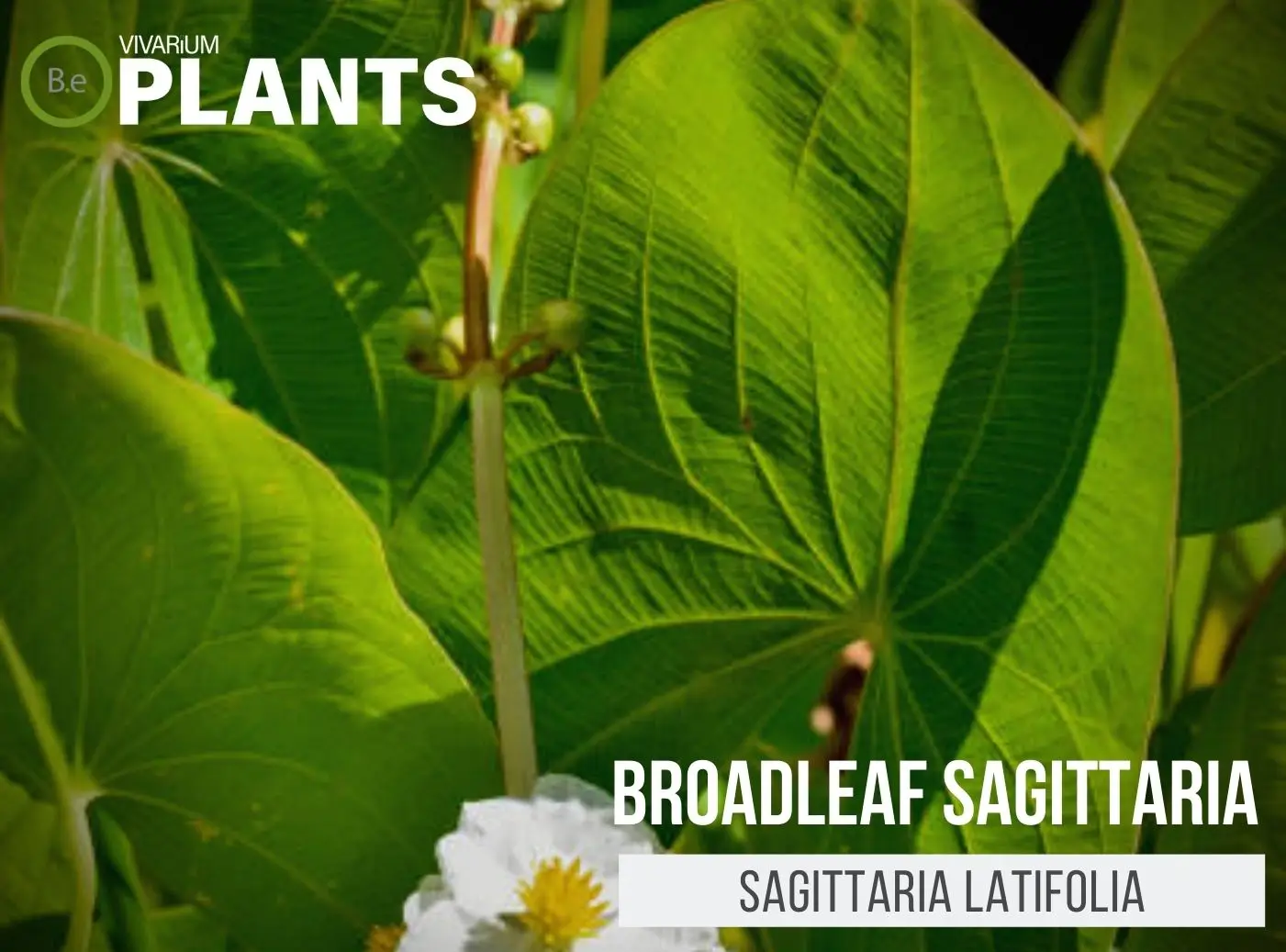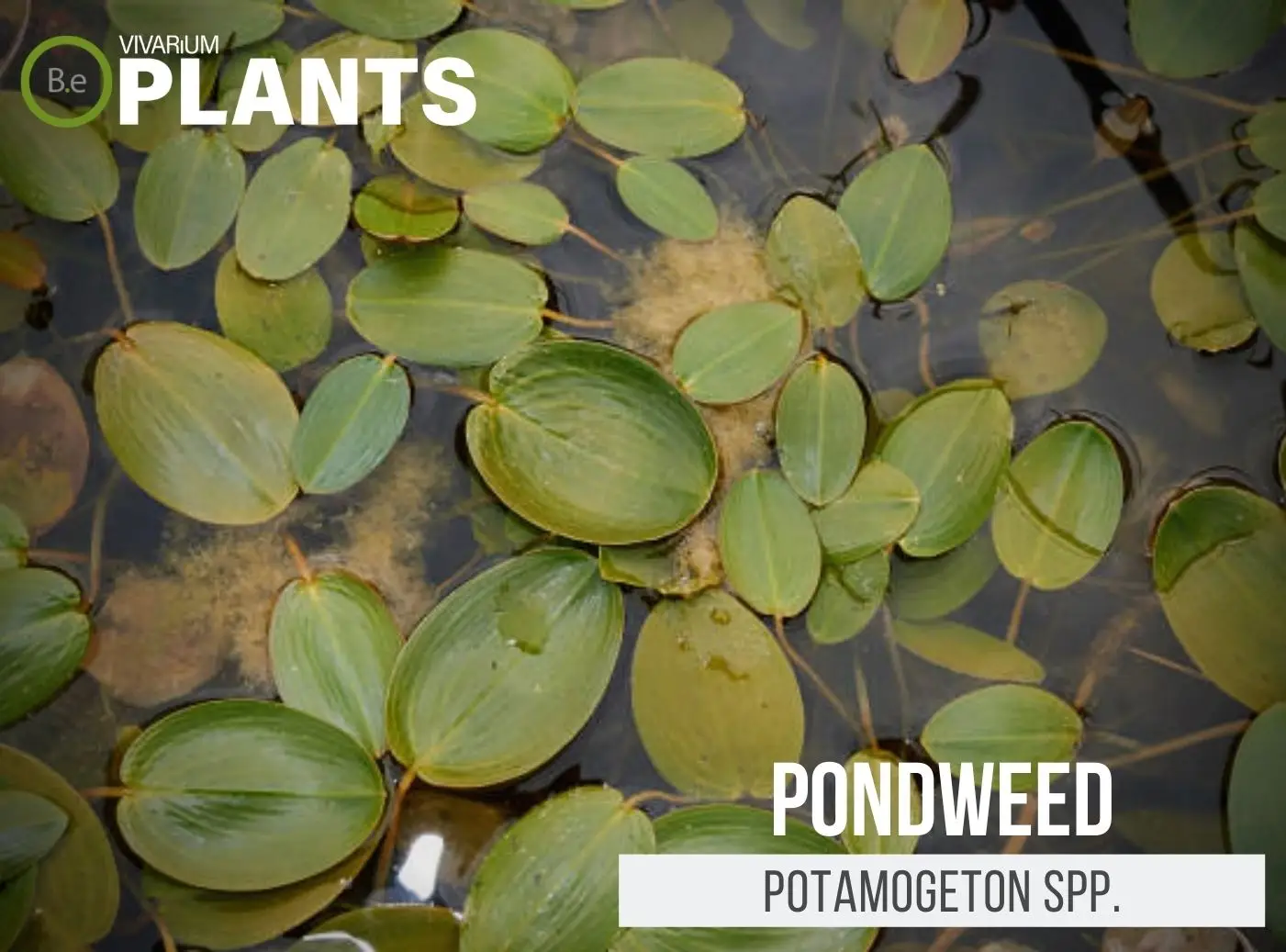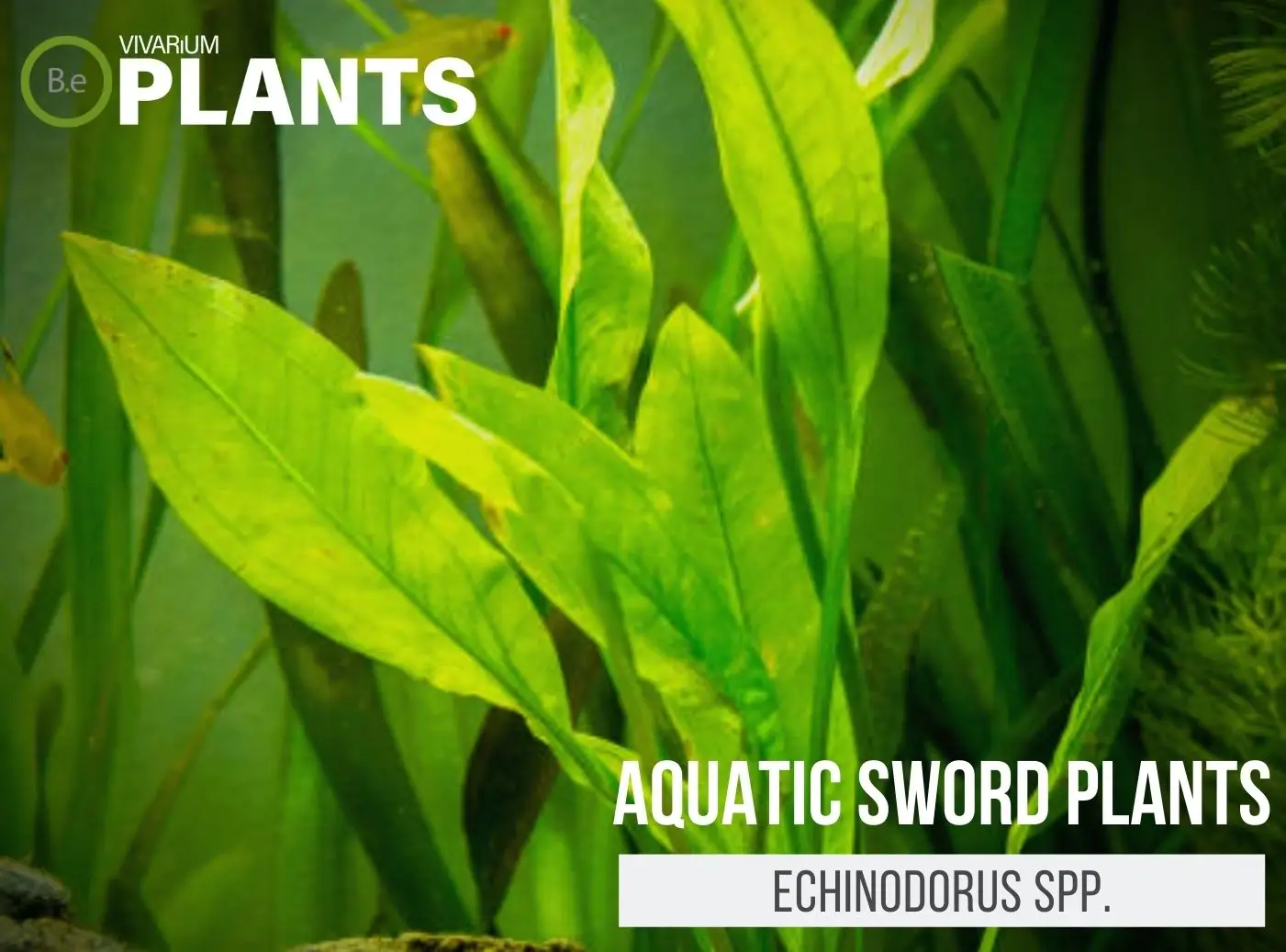Cryptocoryne spp., aka Crypts, are incredible aquatic marginal plants with a variety of species to choose from that vary in color, size, and shape.
Crypts are some of the most popularly used plants amongst aquarium builders and usually serve as the main plants in tanks with med-high light and physical current.
Low-light tanks and setups with minimal water flow can still benefit from having crypts but they tend to not feature bright vibrant colors.
| Quick Stats: | |
|---|---|
| Scientific Name | Cryptocoryne spp. |
| Common Name | Crypts, Water Trumpet |
| Family Name | Araceae |
| Habitat | Aquatic |
| Temperature | 72°F to 80°F |
| Height | 4-22 inches |
| pH | 6.5 to 7.5 |
| Lighting | Medium to bright |
What is a Cryptocoryne?
Crypts are a genus within the Araceae family published in scientific journals in 1852.
They are age-old plants from the stunning lands of Malaysia and other parts of southeastern Asia that have been used in aquascaping for generations.
Crypts vary significantly in size, height, and color, but their basic characteristics remain consistent across all species.


Cryptocoryne Facts
These plants are relatively slower-growing than most aquatic marginal plants and are thus perfect for low-maintenance aquascapes.
With their unique ability to remain healthy and vibrant even with long-term submersion underwater, it’s no surprise why they are staples in many planted aquariums.
Furthermore, Crypts are known to be very versatile in terms of compatibility, making them an excellent choice for mixed species tanks with fish and reptiles.
Description
Cryptocoryne have wide and large leaves that move with the current of the water.
Many Crypts have an overall look that has been described as having a “flower” or “trumpet” appearance.
There are hundreds of varieties of crypts, each one with a slightly different appearance.
They range from the smaller Cryptocoryne wendtii (4 inches tall) to the large Cryptocoryne crispatula var. balansae (22 inches tall).
Habitat
Crypts grow best in well-oxygenated waters with a temperature range of 72°F to 80°F.
Cryptocoryne are found in shallow streams, marshes, and rivers of their native areas in southeast Asia and enjoy an environment with water currents and diverse lighting conditions.
pH Preference
Most Crypts tend to do best in neutral to slightly alkaline conditions and a pH range of 6.5 to 7.5, though they can tolerate and even grow well in slightly more acidic or alkaline conditions.
The best way to ensure the correct pH for a crypt is to mix the water before substrate use.
Vivarium Type
The Cryptocoryne spp. is quite an easy-going species. With that in mind, it will not be too complicated when it comes to choosing the type of enclosure it is grown in. It is best to try and replicate the plant’s natural habitat as much as possible.
Doing so will make it easier to provide this marginal plant with its basic needs. The proper setup and theme of the enclosure will make a big difference to the overall look and health of the plant. Be sure to choose setups that are moist and high in humidity.
Here are recommended vivariums it will do well in:
- Paludariums – Half aquatic/ half terrain-based enclosure.
- Terrariums – Fully terrain-based enclosures with little to no aquatic features.
- Ripariums – Mostly aquatic-based enclosures with some terrain features present.
- Aquarium– Fully aquatic-based enclosure with little to no dry terrain.
Vivarium Placement
Crypts are best placed in the middle of the background of the aquascape since they are relatively tall.
As with all aquatic plants, make sure to place the plants deep enough in the substrate so their roots are covered.
They should also be placed in areas with moderate water flow, as this will ensure a good growth rate.
Substrate
Cryptocoryne can be grown on many types of aquatic substrates such as soil, gravel, sand, and even clay.
However, some of the crypts prefer specific substrates; for instance, Cryptocoryne wendtii prefers to be planted in sand or gravel while some of the Cryptocoryne species prefer clay substrates.
It is best to research the specific type of crypt before deciding on a substrate as some species may need specific needs.
Lighting
Cryptocoryne does best in tanks that are not exposed to direct sunlight, as this can cause algae to grow on the leaves and stunt growth.
To ensure the best possible growth, find a balance between light and shade in the vivarium.
Crypts tend to thrive in moderate to bright aquarium lighting, but too much light might overexpose the leaves and slow their growth.
This is why it is important to find a balance between light and shade, as this will optimize their growth.
Buy Cryptocoryne
When it comes to buying Crypts, there are a few things to keep in mind. Making sure the plant is healthy when purchased is essential for its success in a vivarium or pond. Vegetation that is already in poor conditions will have a very hard time adjusting to new environments.
Click the image below to find out more about the current price and other relative info about this plant.
Cryptocoryne Care and Propagation
Cryptocoryne are very resilient plants and are relatively easy to care for in aquatic vivariums.
They should be fertilized with a liquid fertilizer once every other month and the tank should be vacuumed and cleaned on a regular basis to remove any debris in and around the plant.
Crypts can be propagated by taking cuttings of the stem and replanting them in the substrate.
How to Grow
Due to their slow-growing nature, crypts usually take a few weeks to adjust to a new environment before they begin to grow quickly.
Cryptocoryne should be placed in a medium that allows for good drainage and the roots should be buried in the substrate for best results.
When the leaves start to appear, fertilize the crypts with a liquid fertilizer and make sure to keep the tank clean of debris.
Water Requirements
Crypts require consistent water changes in order to remain healthy and vibrant.
Depending on the size of the tank, water should be changed regularly for the best results.
Plants Similar to Cryptocoryne
Adding diversity to an enclosure is key to an aesthetically pleasing setup. Try mixing up the look of your vivarium with different flora that can easily co-exist in the same types of environment.
Furthermore, if for some reason you find the crypts hard to acquire or would like to consider something similar to this plant… Here are other aquarium plants you might find will do well with or in place of Cryptocoryne spp.:
Conclusion
Overall, Cryptocoryne spp. are hardy plants that are perfect for aquascaping. They are great for low-light tanks and can provide a beautiful backdrop in any aquarium, paludarium, or riparium.
With their unique characteristics, they are sure to make a tank look unique and beautiful while remaining low-maintenance. Crypts are definitely a great choice for any vivarium builder!
Frequently Asked Questions
Yes, Cryptocoryne is relatively easy to grow. It prefers a water temperature around 22–29°C and can adapt to slightly lower temperatures if needed. It performs best in nutrient–rich, acidic water, which should be kept clean and clear. The Aqua Rebell fertilizers provide an ideal plant food for Cryptocoryne.
Yes, Cryptocoryne is a low-light plant that can grow in both low and medium-light environments.
Yes, Cryptocoryne plants do need root tabs for optimal growth because they require plenty of iron and other nutrients that can be scarce in the water column. Root tabs are essential for Cryptocoryne‘s nutrient and iron requirements.
Yes, Cryptocoryne can grow on rocks. The Cryptocoryne plant is a type of aquatic plant which is known for its adaptability. It can be grown on rocks, wood, or gravel without the need for extra fertilization. Cryptocoryne plants are low–maintenance, easy to care for, and can thrive in a variety of water conditions.
No, Cryptocorynes do not need soil. These aquatic plants are rooted in the substrate and can grow in sand or gravel. They benefit from the addition of fertilizers, liquid CO2, and other nutrients to their water.
No, Cryptocoryne is not a root feeder. Instead, it extracts most of its nutrients from the surrounding water column through its leaves.
Yes, Cryptocoryne can grow on driftwood. This type of aquarium plant prefers to be planted in aquatic substrates such as sand or gravel, but will also attach itself to driftwood and grow. To encourage Cryptocoryne to attach itself to driftwood, the surface of the wood should be roughened or scratched beforehand. Once attached, the driftwood should be secured underneath the substrate to ensure the plant does not float away.
Cryptocoryne plants typically grow to be between 4–22 inches in height.




